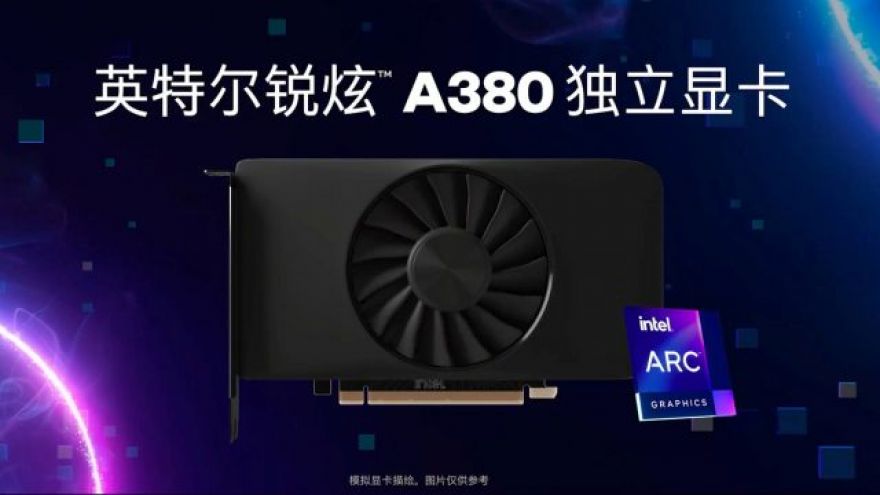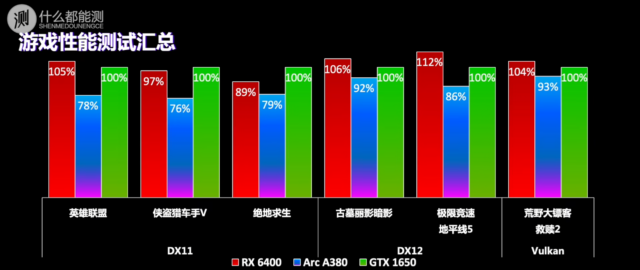
First Intel Arc A380 Desktop Benchmarks Are Disappointing
We’ve all been waiting with bated breath to see some real, not-from-Intel benchmarks for the company’s new Arc desktop GPUs. Its first entry-level desktop card just launched in China, and now a review has been posted online. Finally, we have some real benchmarks, including both synthetic and in games. Overall, the results do not look good for Intel.
To recap, the A380 is Intel’s entry-level desktop GPU in the Arc Alchemist family. It’s priced at roughly $150 or so, and was designed to compete against the Radeon RX 6400 and Nvidia GTX 1650 GPUs. All of these GPUs are made for 1080p gaming.
Despite these advantages, the was slower than the AMD and Nvidia GPUs in every gaming test. According to , the results were posted by Bilibili content maker, . The games used for testing included: League of Legends, GTA 5, PUBG, Shadow of The Tomb Raider, Forza Horizon 5, and Red Dead Redemption 2. The card being tested is the Gunnir Arc A380 6GB Photon.

(Image: Bilibili, Shenmedounengce)
What’s interesting here is the AMD card (red bar, above) is a single-slot GPU with very modest specs. It has just 4GB of VRAM, a 64-bit memory bus, and is rated to consume 20W less power than the A380 too. Yet, as you can see it tops Intel’s fledgling effort in every benchmark. What’s even stranger is the Gunnir card being tested is actually a boosted version of Intel’s A380 too. It has a higher maximum clock rate of 2,450Mhz compared to 2,000MHz for the reference design. It also has a higher TBP of 92W versus 75W for Intel’s design.
The A380 wasn’t all bad though. Despite its losses in gaming tests, it did notch some victories in synthetic benchmarks. For example, in 3DMark Timespy it trounced the competition, and even beat the more expensive RX 6500 XT. It also naturally faired quite well in the Port Royal test, which is a benchmark for ray tracing. Generally speaking though, we tend to put more weight into real-world gaming tests versus synthetic tests like this, for obvious reasons.
Given the fact that Intel’s GPU beats its competitors on paper, but not in gaming tests, it’s a bit of a head scratcher. As we’ve written before, it’s quite possible Intel is having issues getting its drivers up to snuff. That’s obviously a huge factor in the GPU’s performance. Though it doesn’t look good now, Intel’s strategy of a “staggered” global rollout is starting to make more sense given the issues that are evident. Hopefully there’s still a lot more room for improvement, and Intel can get its drivers polished before it releases the more powerful Arc cards .
Now Read: